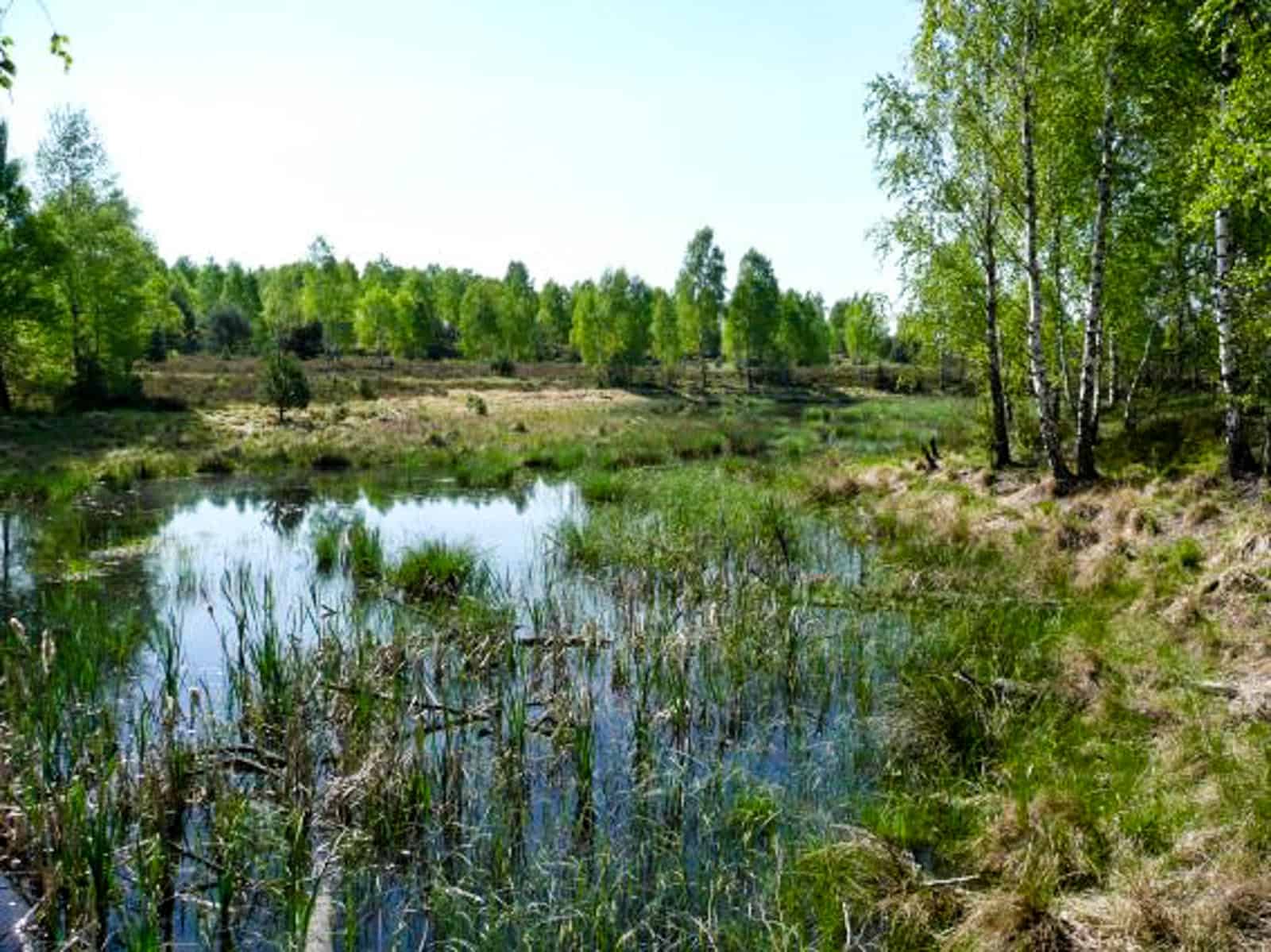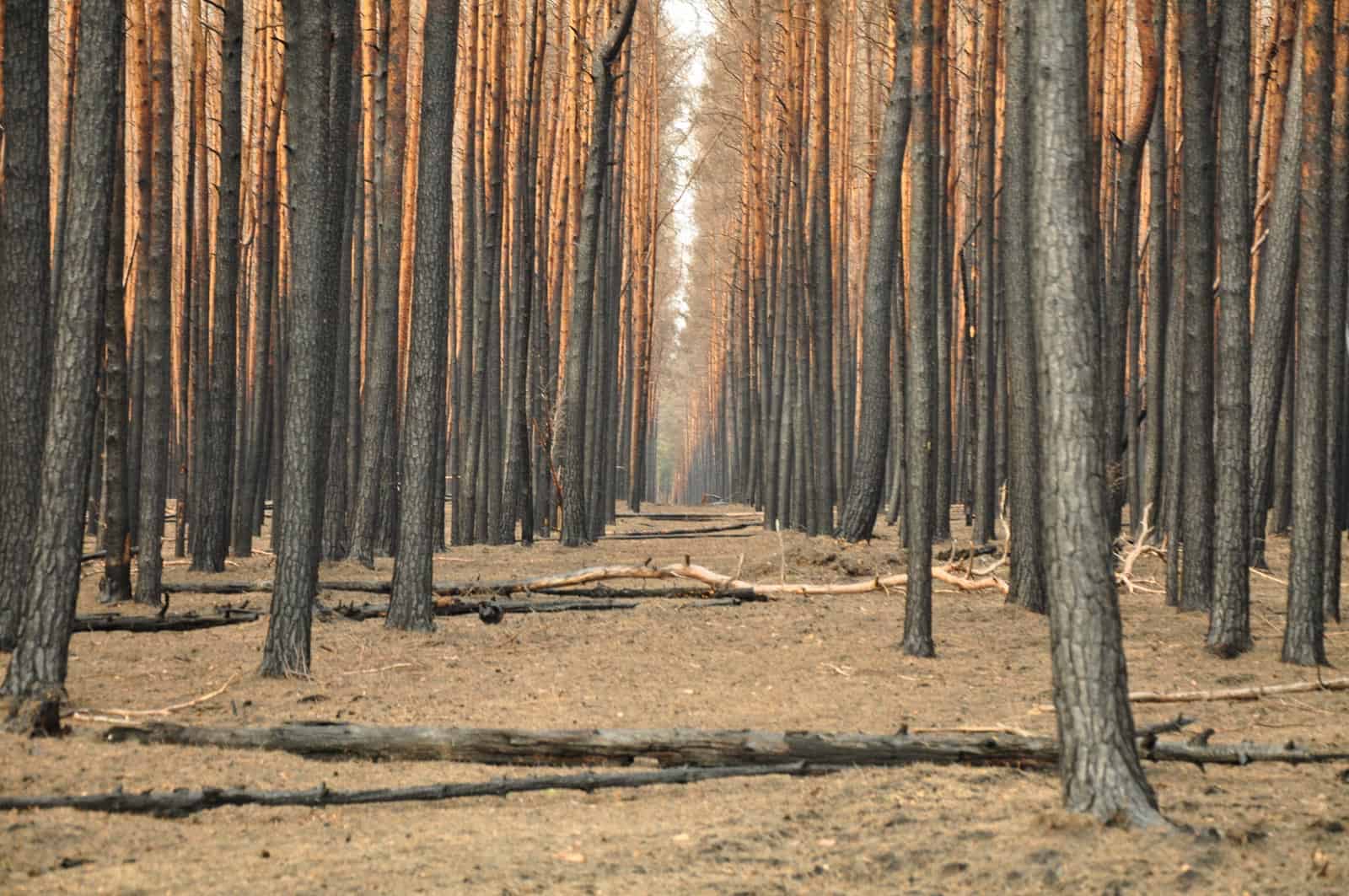Soil as a tool to mitigate climate change
Did you know that the Earth’s soils contain about 2,500 gigatons of carbon—that’s more than three times the amount of carbon in the atmosphere and four times the amount stored in all living plants and animals. Nevertheless, soils are not usually in the focus of the discussion about how to mitigate climate change. Today, 7th of June, is International Soil Conservation Day! That’s why we want to use the opportunity to shed light on why it is so important to conserve and restore healthy soil in a dedicated series of articles.
How soil stores carbon
Through photosynthesis, plants absorb carbon dioxide from the atmosphere. They use water and sunlight to turn the carbon into leaves, stems, seeds and roots. As the plants respire, they return some carbon dioxide to the atmosphere and exude some carbon as a sugary substance through their roots. This secretion feeds the microbes (bacteria, fungi, protozoa and nematodes) that live underground. When the plants die, soil microbes break down their carbon compounds and use them for metabolism and growth, respiring some back to the atmosphere.
How soil releases carbon
How much carbon soil can absorb and how long it can be stored varies by location and is determined by how the land is managed. Because almost half the land that can support plant life on Earth has been converted to croplands, pastures and rangelands, soils have actually lost 50 to 70 percent of the carbon they once held. Needless to say that this has contributed to the global greenhouse gas emissions.
Actually, between 17 – 30% of the world’s soil, depending on the resources under question, has been strongly degraded and areas of degradation are growing. Unsustainable agricultural practices are the main causes of land degradation:
- Land clearing and deforestation to plant crops remove vegetation and change the composition of soils
- Over-tillage destroys the top layers of soil and hastens erosion
- Irrigation and soil drainage cause soil salinization after crops take up water and leave salt behind
- Excessive use of nitrogen fertilizers and acid rainfall acidify soils
- Pesticides and chemical fertilizers change the consistency of soil and destroy organisms that aerate the soil
- Heavy farming equipment compacts soils
- Overgrazing strips soil of vegetation, making it vulnerable to erosion from wind and water, and causes desertification and dust storms.
All these practices expose the carbon in the soil to oxygen, allowing it to burn off into the atmosphere. Furthermore, thawing permafrost and the draining of peatlands also cause soils to release carbon.
Healthy soil to combat climate change
Storing more carbon in the soil helps to remove carbon dioxide from the atmosphere. The IPCC report on Climate Change and Land estimates that serious changes in forestry and agriculture to curtail deforestation and improve soil management could reduce global emissions by 5% to 20%. While this won’t solve the climate crisis, it is a very valuable addition to solve the problem.
A 2017 study estimated that with better management, global croplands have the potential to store an additional 1.85 gigatons carbon each year—as much as the global transportation sector emits annually. Moreover, some scientists believe soils could continue to sequester carbon for 20 to 40 years before they become saturated.
Also, sequestering carbon in soil is a relatively natural way of removing carbon dioxide from the atmosphere with fewer impacts, and if done right even benefits, on land and water, less need for energy, and lower costs.
In conclusion, better land management and agricultural practices could enhance the ability of soils to store carbon and help combat global warming. But how does better management look like and what other benefits do healthy soils have? We will look at this in the next article about soils, so stay tuned!









